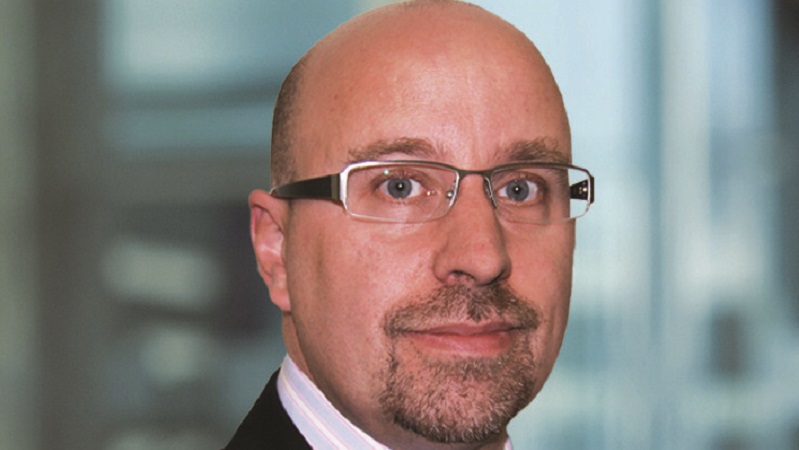With around 25% of global government bonds on negative yields, there has never been a greater need for alternative defensive and uncorrelated investment options. In theory, it should be a time for absolute return funds to make hay, but their erratic performance history continues to deter investors.
It has been another tough year for the IA Targeted Absolute Return sector. For the year to date, the average fund in the sector is up 3.3%. This is lower than for any other except money market and short-term money market funds, and UK Direct Property. While 2018 was undoubtedly a better year, relatively few funds in the sector made the most of the volatility that hit in the final quarter of the year.
Absolute return fund managers will argue that the market has been in an unusual place. Volatility has been low in aggregate and the market has been driven by geopolitical forces, such as trade tensions or Brexit. However, Investec Asset Management multi-asset portfolio manager Jason Borbora-Sheen says aggregate volatility scores don’t give the whole picture.
“You’ve had peaks of volatility like in February last year when the Vix index rose by 300% in two days,” he says. “And then you’ve had other parts where volatility’s been at 20-year lows… There should have been some environments in which absolute return funds could perform.”
He argues that while absolute return funds may not have been presented in their most flattering light, they should have still had opportunities.
Big market crash remains elusive
However, there can be little doubt that the big market crash moment, in which they could really prove their worth, remains elusive. With this in mind, investors need to decide whether they are likely to provide adequate insurance against tougher times in markets.
If an asset class is going to act as proper insurance in a portfolio it needs to be held through the cycle. Attempting to switch in and out at the appropriate moment requires good market timing and that has a poor track record. Borbora-Sheen says: “In 2009, everyone loved absolute return because they offer protection and wasn’t as bad as equity beta. And then investors go through a cycle, everyone says they don’t want absolute return because it’s not giving the returns of equity beta. We need to be aware of our own behavioural vices.”
As such, investors need to ask how much it costs them to hold it. This is the problem with government bonds today: investors are locking in a long-term, negative yield – not just losing money in real (inflation-adjusted) terms, but in actual terms.
With absolute return funds, there has certainly been an opportunity cost in many cases. Equity markets have risen almost uninterrupted for a decade and this hasn’t flattered absolute return performance. However, the right absolute return funds haven’t been particularly costly to hold in absolute terms, beating cash and inflation.
A 10-year bull market for risk assets
But many funds have ground out a solid absolute return in the discrete years leading up to 2018 and managed to fall notably less than the market in 2018. The Schroder UK Dynamic Absolute Return fund, for example, delivered 11.1%, 3.7%, 11.4% in 2015-2017, but dipped 1.5% in 2018. The Smith & Williamson Defensive Growth was up 1.4%, 7.9%, 6.8% and then dipped 0.5% in 2018.
Andy Warwick (pictured), portfolio manager on the Real Return team at Newton Investment Management, says: “We’ve been in a bull market for risk assets for 10 years, so I think that sometimes people forget about why they got into absolute return in the first place.”
He believes that investors need to recognise that the target return will reflect the potential for loss. Investors cannot see a fund rise 15% one year without taking the risk of it falling 15% the next.
“It’s about understanding the return objective, and ultimately, the risk objective of your fund,” he says. “In a fund that’s trying to do cash plus 2 or 3%, you should have a lower risk objective than, say, cash plus 4-5%. In that event, the strategy should certainly be able to shield and preserve your capital. Whether you can actually make money on any long-only style absolute return fund in an environment like 2008, is a more difficult question.”
He adds: “There’s no single right solution, but for me, it’s about where you want to be on that risk spectrum.”
In other words, if an investor needs a defensive absolute return fund, they need to make sure that’s what they are getting because not all of them have that objective. The environment that would play to the strengths of absolute return funds hasn’t happened yet. In the meantime, investors need to ensure that they’re not paying too much for the insurance they provide.







